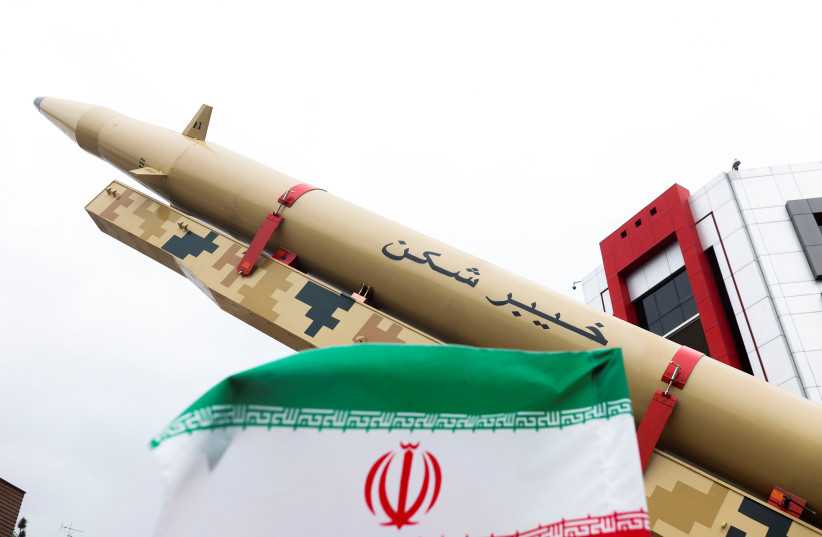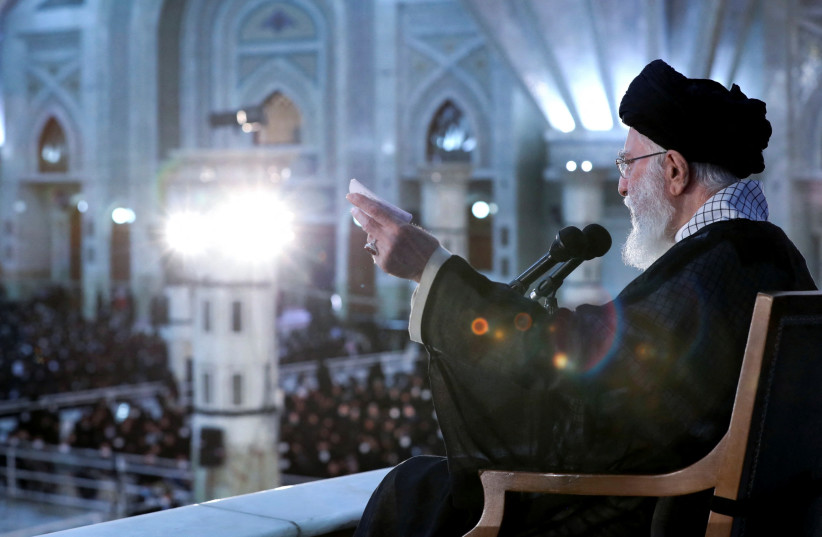What happens in 2025 when Raisi can order the building of a massive industrial size fleet of uranium enrichment centrifuges?

The world powers’ JCPOA nuclear negotiations with Iran are potentially back on track after the European Union and the Islamic Republic jointly announced sufficient progress this past weekend.
What changed over the weekend? How will the upcoming round of talks differ in a way that could lead to a deal, whereas several rounds of talks in both 2021 and 2022 through March come to a dead end?
The room where it happens
There are hints that the US and Iran will finally be in the room together, something that has not happened since the start of negotiations in April 2021. While there might have been unofficial direct exchanges between Americans and Iranians, the official binding talks all involved shuttle diplomacy by the P5 (England, France, Germany, China and Russia) between US and Iranian representatives in separate nearby locations in Vienna.
This arrangement was demanded by the Islamic Republic and always hindered clear communication and expectations between the sides. The EU-Iran press conference this weekend hinted that Biden administration officials and representatives of Iran President Ebrahim Raisi may finally look each other in the eye. This raises expectations of this being the end game and enables the sides to know exactly where the other party stands.

Sponsored by Qatar or some other Middle Eastern sponsor with EU help – not the P5 – EU officials said that the framework of the new talks would not be the JCPOA’s P5. This raised expectations that China and Russia will be sidelined. Putting them off to the side could be important now that the US and the EU are in a massive conflict with Russia, which could turn out to be longer and more serious than even their conflict with Iran.
US-EU relations with China are not as bad as with Moscow, but have also gotten heated. It may be that it will be easier reaching a deal without those two countries present.
The cradle of civilization
Moving the talks to the region shows a greater understanding that the first impacts of any deal will be felt in the Middle East. Reassuring the Saudis, the United Arab Emirates and other Gulf countries could be crucial to getting the US to sign on to a deal. There is almost no scenario where Israel will support a deal, but Washington may hope to dampen opposition from Jerusalem.
Hosting the talks in a nondemocratic Middle Eastern country where the environment can be controlled might facilitate a variety of creative interactions and message passing that might be impossible in open democratic Vienna. Along those lines, it is noteworthy that many say secret US talks in Oman directly with Iran in the 2010s were what actually built the heart of the 2015 JCPOA.
Iran’s bluff was running out of time
IRAN’S BLUFF was running out of time. If there is a deal and it turns out months of delay by Raisi were a bluff to try to shake down Biden for additional concessions, what has changed is that time ran out on the bluff. Three weeks ago the International Atomic Energy Agency Board of Governors condemned Iran for only the second time in around 10 years, and the IAEA chief said that if the Islamic Republic did not turn his inspectors’ surveillance cameras back on by sometime around July 1-8, his agency would no longer be able to fully stand by the JCPOA as viable to block Iran from getting nuclear weapons.
Over the weekend, the US issued a bizarrely worded statement conditionally allowing some former IRGC members’ entry to America, presuming they no longer presented a security issue. It was unclear what this move meant in the broader sense of relations between the countries. But it was either a meaningful or face-saving compromise by the US toward Iran, given that Biden was unwilling to entirely delist the IRGC.
In its widest sense, the compromise could lead to releasing large sectors of Iran’s sometimes IRGC alumni-dominated economy from sanctions. If used narrowly, it still can be used by Raisi to try to moderate IRGC opposition to a deal.
None of the above would delight Israel, which had been hoping for a no-deal scenario in which it could continue to strike Tehran’s nuclear program until Raisi theoretically would withdraw from the issue in a real way.
However, with China and Russia backing Iran and Biden unwilling to talk seriously about a Plan B, it was never certain that Jerusalem was going to get a good scenario from the ongoing stalemate.
Ultimately, with or without a deal, the bigger question was always going to be: What happens in 2025 when Raisi can order the building of a massive industrial size fleet of uranium enrichment centrifuges? Will Israel, the US and the EU reach a deal to prevent the Islamic Republic from translating this into nuclear weapons, or will the ayatollahs have already positioned so many pieces that they will have reached checkmate?
As reported by The Jerusalem Post
